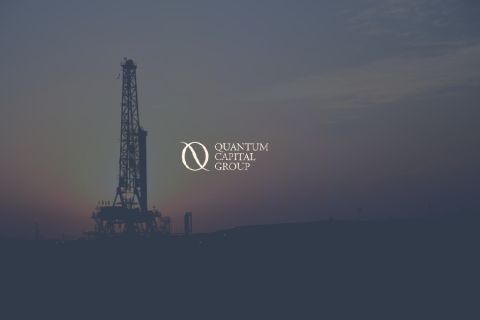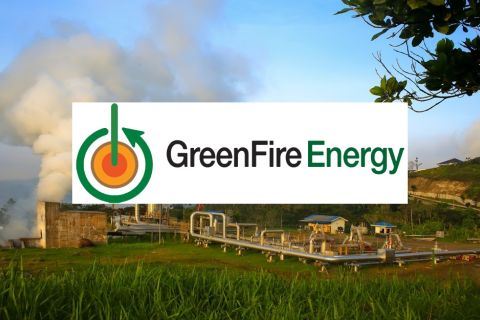One of the long-range effects of oil being mired in a sub-$50 rut for what seems like a decade now (technically, it’s only been three years) is the emerging eventuality of widespread well decommissioning. Smaller profit margins in addition to the increasing number of aging units in the North Sea and Gulf of Mexico (GoM) facing diminishing reservoir pressure are leading to an abundance of wells facing decommissioning.
According to welldecom.com, there are about 4,300 wells in the U.K. Continental Shelf in line for decommissioning, while in the GoM—the biggest decommissioning market in the world—the market size for the thousands of units expected or needing to be shut down is more than $26 billion. And in April executives at SPE’s European Well Abandonment Seminar in Aberdeen reported that decommissioning costs for combined assets in the North Sea ranged between $61 billion and $107 billion.
Of the total cost of decommissioning a well, about 60% is spent on plugging and abandonment (P&A) efforts. There are emerging technologies, however, that could help defray some of those costs while also cutting down on the time to take a well offl ine.
One of those technologies is Wild Well Control’s rigless, riserless P&A system—7Series—that includes the utilization of its Deep- Range tool. DeepRange received one of the Offshore Technology Conference’s Spotlight on New Technology awards in May. According to Wild Well Control, Deep- Range works to isolate the outer annulus by circulating at least 60 m (200 ft) of cement in place and pressure-testing the plug, according to the Bureau of Safety and Environmental Enforcement (BSEE) regulations.
“This new technology and methodology will help operators reduce their subsea P&A liabilities as riserless operations represent dramatic cost reductions when compared to traditional subsea P&A operations,” said Martial Burguieres, vice president of marine well services at Wild Well Control.
Burguieres added that when these wells leak, they typically do so through the outer annuli, “and always through an unconsolidated cement job.”
Wild Well Control reported that its 7Series can save operators 50% on their P&A efforts. In the case of the Canyon Express project, which last produced in June 2013, initial efforts at P&A on its nine subsea gas wells were not completely successful. Those efforts included installing only a surface plug and later plugging a variety of combinations of the B and C annuli. Wild Well Control, leveraging its 7Series system, completed the P&A process in 205 days—125 days sooner than the client had planned for. It did so by capping the B, C and D annuli and without requesting a waiver from BSEE, Burguieres said.
As the decommissioning trends continue to emerge, companies are faced with the prospect of spending more than $7 million to abandon a single well—an expense for which they will not see a return. The market is ripe for service companies, which are already escalating costs as onshore production skyrockets, to regain footing they may have lost when this downturn struck.
Brian Walzel’s completions and production column originally appeared in the July 2017 issue of E&P.
Recommended Reading
Sheffield: E&Ps’ Capital Starvation Not All Bad, But M&A Needs Work
2024-10-04 - Bryan Sheffield, managing partner of Formentera Partners and founder of Parsley Energy, discussed E&P capital, M&A barriers and how longer laterals could spur a “growth mode” at Hart Energy’s Energy Capital Conference.
Utica Oil E&P Infinity Natural Resources Latest to File for IPO
2024-10-05 - Utica Shale E&P Infinity Natural Resources has not yet set a price or disclosed the number of shares it intends to offer.
Quantum’s VanLoh: New ‘Wave’ of Private Equity Investment Unlikely
2024-10-10 - Private equity titan Wil VanLoh, founder of Quantum Capital Group, shares his perspective on the dearth of oil and gas exploration, family office and private equity funding limitations and where M&A is headed next.
GreenFire Appoints Rob Klenner as President to Deliver Geothermal Solutions
2024-08-27 - As president of GreenFire Energy, Rob Klenner will be responsible for overseeing GreenFire’s geothermal energy projects.
Twenty Years Ago, Range Jumpstarted the Marcellus Boom
2024-11-06 - Range Resources launched the Appalachia shale rush, and rising domestic power and LNG demand can trigger it to boom again.





